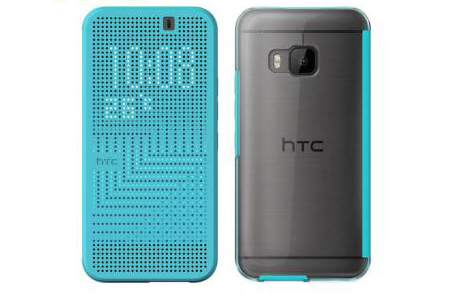



Rather HTC is focusing its efforts on beefing up core performance, and on tweaks to the camera and audio. You won’t find any fancy new sensor hardware packed into the One M9. This flagship is about a leaner HTC staying the course and trying to build momentum with a pared back portfolio that has room to shine. But given how well received the prior devices in the range have been - and HTC’s reduced resources as it works towards a turnaround in its business fortunes - it’s a strategy that makes sense. There’s no radical redesign or huge software changes in HTC’s recipe for the M9. It will go on sale starting from mid March in Asia-Pacific. The new handset, the HTC One M9, follows last year’s well-reviewed HTC One M8, and the original HTC One (M7). That's pretty much in line with how the Dot View Case works on Android, as our pals at Android Central have showed.After plentiful leaks in the past few weeks, HTC has today confirmed its new flagship smartphone at a press launch in Barcelona, ahead of the Mobile World Congress tradeshow which kicks off tomorrow. You can also instantly access Cortana by simply swiping down." It also shows you the date, time, weather and reminders. Just swipe to answer or simply put it to your ear. "This case lets you see who's calling, then answer or decline the call without opening it. The speakers are on the front of the device – one near the top, the other at the bottom – and audio production is quite impressive.įinally, the HTC Dot View Case lets users interact with their phone with the case closed, including unique Cortana integration: 'HTC Boomsound' is HTC's term for two high-powered, front-facing speakers with dedicated amplifiers. This tradeoff is why the One M8 "only" has a 4 MP camera instead of the 8, 12, 16 or 20 MP cameras, which are more common these days. The downside with 'UltraPixels' is fewer pixels on the sensor (since they are larger). In theory, larger pixels can improve sensitivity for low-light images, although in practice HTC's One M8 produces moderate results. 'UltraPixel' references HTC usage of larger 2-micrometers pixels on the camera sensor, whereas the Nokia Lumia 920 only has 1.4-micrometer pixels.


 0 kommentar(er)
0 kommentar(er)
